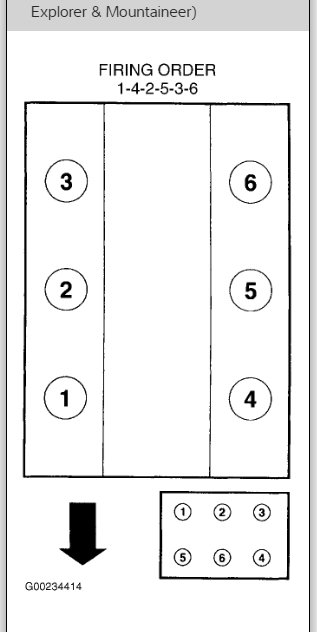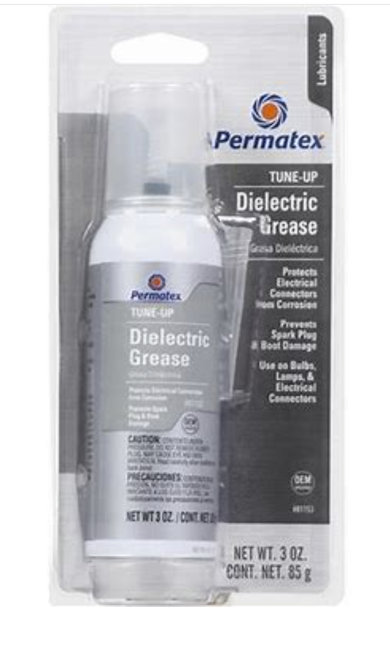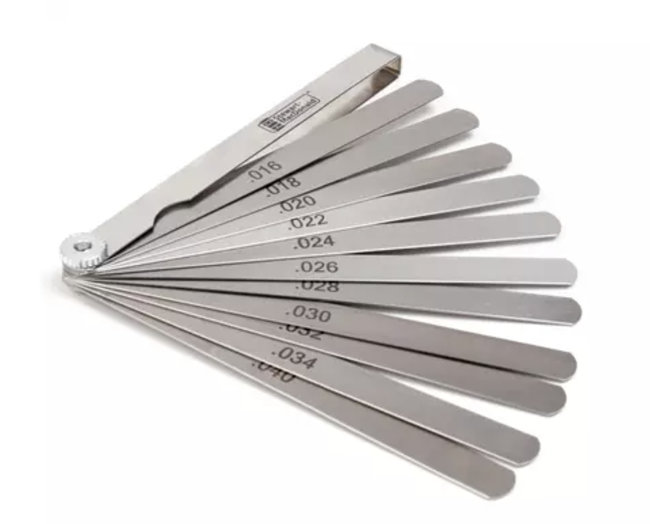Hello,
A flashing Check Engine light normally indicates a random misfire and where you indicated that a couple of plugs weren’t making a connection that would be where I would start. Ford says 100,000 miles is the service interval for spark plugs.
When a misfire happens the raw fuel or (Hydrocarbons-Industry Term) can and will leak into the hot exhaust which can cause a fire as well as destroy the Catalytic Convertor. It can also leak past piston rings and thin out your oil potentially causing premature engine wear. If you can park this until you get it fixed, that would be best.
I would advise getting some new plugs and wires for all cylinders.
*Most vehicles are really picky when it comes to aftermarket plugs. To prevent issues, I always go to the dealer for them. It is worth the extra money. Also, you shouldn’t have to gap them, but it is good practice to check every plug gap just in case something was damaged in transit. The best way to do this is by using a feeler gauge. Don’t use one of the circular gapping tools. They damage the tip of the plug which can cause it to fire incorrectly and can be inaccurate.
I have included the torque specifications as well as the firing order. It also lists Ford's part number for the plugs and the gap.
The passenger side will be easier to get to through the wheel well.
Some tips:
Do one cylinder at a time so you don’t lose track of where each wire goes
I believe the plugs are a 5/8 socket.
As soon as you remove the first plug. Match with new ones as well as checking that the wires are correct also.
Sticking the end of a plug in a piece of hose can help get plugs into tight places.
Some sets of wires will come with di-electric grease if not you will need to get some. Permatex makes a self-dispensing can almost like cheese whiz. Trust me, you will love it. I included a picture below. Di-electric grease is non-conductive so it’s really for the rubber to create an insulated seal.
I hope this all helps. If you have any more questions, please do not hesitate to ask.
Good luck,
Brendon
Images (Click to make bigger)
Friday, June 10th, 2022 AT 10:02 PM









